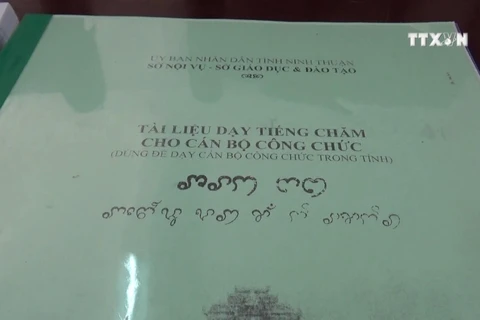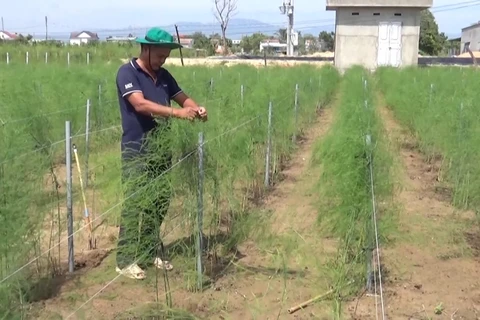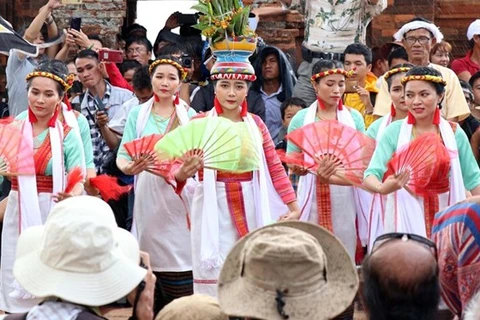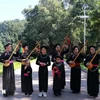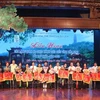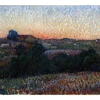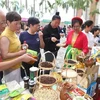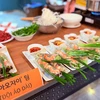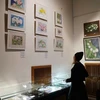Hanoi (VNA) - With a population of nearly 99,000 people, Cham ethnic people live largely in the provinces of Ninh Thuan and Binh Thuan and some parts of Tay Ninh, Binh Dinh, Phu Yen provinces, and so on.
Cham ethnic culture is imbued with a distinctive religious system, architecture, language, performance art, and handicraft items, etc.
The culture is quite complete and was deep-rooted in Vietnam for many generations.
Rich cultural heritage
The Cham Pa kingdom, from where the Cham ethnic people originated, ruled in the central coastal region of Vietnam between the fourth and 13th centuries.
They built plenty of distinctive towers across their kingdom during their era. The towers still stand until today, such as Po Nagar tower in Khanh Hoa province, Po Klong Garai and Po Rome towers in Ninh Thuan province, Nhan tower in Phu Yen province, and especially UNESCO-recognised My Son sanctuary, where now remains 21 towers, among others.
Looking into the vestiges, researchers highly value the Cham ethnic people’s architecture, saying that they could be at the same page with other similar ancient construction works in regional countries, such as Angkor Wat in Cambodia.
Besides its architecture, the ethnic group is also renowned for numerous handicrafts, such as pottery and brocade products.
Cham ethnic people’s pottery crafting still thrives to date, with Bau Truc village’s pottery products being much sought after by consumers both at home and abroad. The village has also become an attractive tourist destination, where visitors could experience the actual making process of pottery products and bring some beautiful products home.
The group’s intangible cultural heritage is also impressive, including their religion and festivals. One of the festivals that may sound familiar with many people is Kate festival.
Kate festival, the largest of the Cham ethnic people in the central province of Ninh Thuan in the year, aims to honour male deities and ancestors who extended great help to people.
Kate festival takes place in the seventh month of the Cham people’s calendar and it usually falls in October.
The festival is also an occasion where participants can enjoy unique folk singing, dancing and music. The festival serves as an evidence for the cultural richness of the Vietnamese.
Kate festival was recognised as national intangible cultural heritage in 2017.
Preserving and promoting Cham ethnic people’s cultural values
Though various tangible and intangible heritage of Cham ethnic people still remain to date, a lot more of those have been degraded and in the brink of falling into oblivion.
In order to preserve them, Cham ethnic people’s awareness and pride over their cultural values must be raised, according to experts.
Prime Minister Phan Van Khai in 2004 issued a directive coded 06/2004/CT-TTg on boosting their socio-economic development and ensuring security and order among the group in the new context. After 15 years of implementing the directive, Cham people’s material and spiritual life has been significantly improved.
Accordingly, their cultural values have received more proper attention. Specifically, an exhibition centre displaying Cham ethnic culture was brought into use in 2011 in Binh Thuan province. It is not only a venue for Cham ethnic people to practice their traditions and culture, but also an attractive tourist attraction in Binh Thuan province.
The centre displays hundreds of images, utensils and handicraft products of the group. The exhibits also form a huge archive of Cham ethnic group’s life and development.
An annual festival for Cham ethnic culture, sports and tourism has been held annually since 2015 in an attempt to preserve and promote the group’s culture./.





